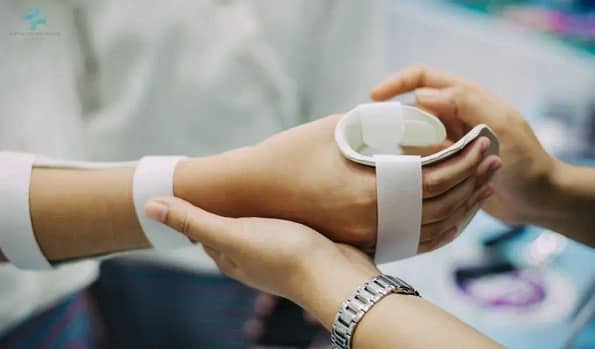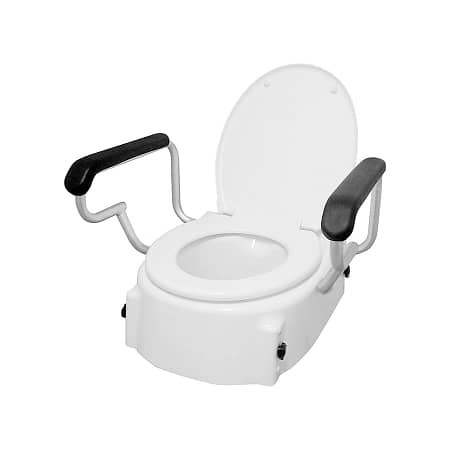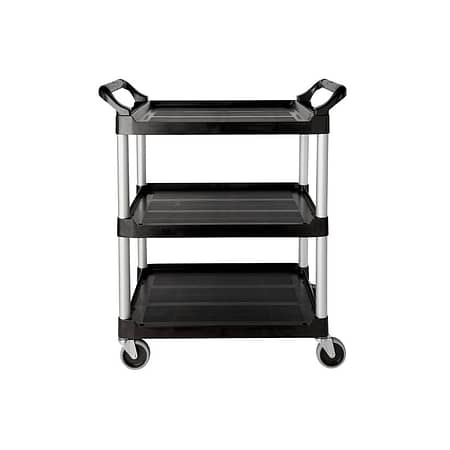How Do Palm Contracture Cones and Grips Transform Rehabilitation and Comfort in Hand Therapy?
Hand therapy plays a crucial role in rehabilitation, focusing on alleviating conditions affecting the hand and upper extremity. Central to this therapeutic approach are palm contracture cones and grips, designed to prevent and treat palm contractures—a common condition where the hand becomes permanently tightened, reducing function and comfort. These tools are ingeniously crafted to fit comfortably in the palm, supporting the hand in a natural position, thereby preventing stiffness and encouraging mobility. By integrating palm contracture cones and grips into hand therapy, patients can experience significant improvements in hand functionality and comfort, marking an essential step towards recovery and enhanced quality of life.
Understanding Palm Contractures
What Are Palm Contractures?
Palm contractures occur when the soft tissues in the palm and fingers become stiff and hardened, leading to decreased mobility and flexibility. This condition restricts hand movement, making everyday tasks challenging.
Causes and Implications of Palm Contractures
Palm contractures can result from a variety of factors, including prolonged immobility, neurological conditions, and injuries. The implications extend beyond physical limitations, affecting psychological well-being and independence.
The Impact of Neglecting Palm Contractures
Ignoring palm contractures can lead to progressively worse stiffness, increased pain, and further reduction in hand function. Early intervention is crucial to prevent permanent disability and maintain hand functionality.

The Science Behind Palm Contracture Cones and Grips
Design and Material Considerations
Palm contracture cones and grips are meticulously designed with user comfort and therapy goals in mind. They are made from soft, durable materials that conform to the natural shape of the hand, ensuring ease of use and effectiveness in preventing contractures.
How They Promote Hand Health and Comfort
These tools work by maintaining the hand in an optimal position, reducing the risk of stiffness and encouraging proper blood circulation. Their use not only aids in the rehabilitation process but also significantly enhances patient comfort and the overall health of the hand.
Benefits of Using Palm Contracture Cones and Grips in Therapy
The integration of palm contracture cones and grips into hand therapy regimens brings a multitude of benefits aimed at enhancing patient outcomes and comfort. These tools are pivotal in addressing key areas of hand rehabilitation and maintenance.
Prevention of Contractures and Skin Breakdown
By holding the hand in a naturally relaxed position, palm contracture cones and grips help to prevent the formation of contractures—tightening of the skin and tendons that can severely limit finger and wrist movement. Additionally, their design minimizes the risk of skin breakdown by distributing pressure evenly across the hand, preventing areas of excessive stress that can lead to sores or ulcers.
Enhancement of Blood Circulation and Muscle Tone
Regular use of these therapeutic devices promotes healthy blood flow throughout the hand and fingers, which is essential for healing and maintaining muscle health. Enhanced circulation helps to nourish tissues, reduce swelling, and promote the healing of any existing injuries. Furthermore, by facilitating gentle movement and resistance, palm contracture cones and grips contribute to the maintenance and improvement of muscle tone, preventing atrophy and promoting strength.
Improvement in Overall Hand Function and Independence
The ultimate goal of using palm contracture cones and grips is to improve overall hand function. As mobility increases and pain decreases, patients find it easier to perform daily activities, ranging from personal care to tasks requiring fine motor skills. This not only contributes to a higher quality of life but also fosters a greater sense of independence, providing individuals with the confidence and ability to engage more fully in life’s activities.
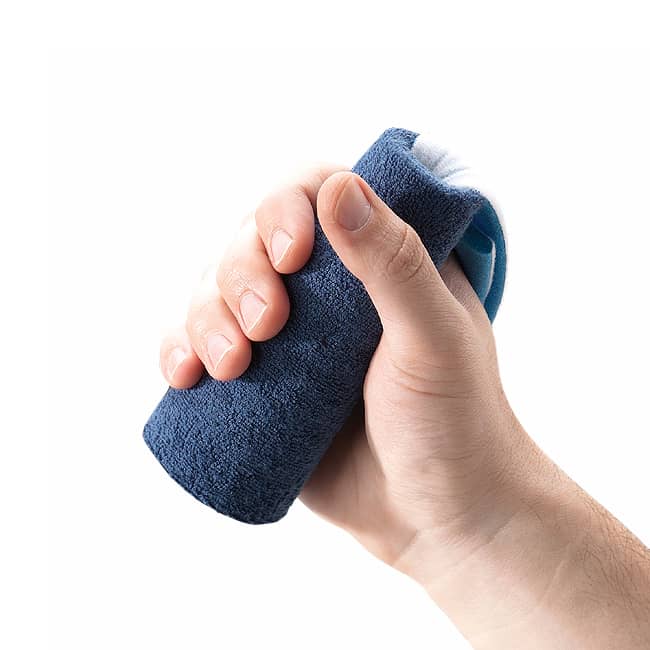
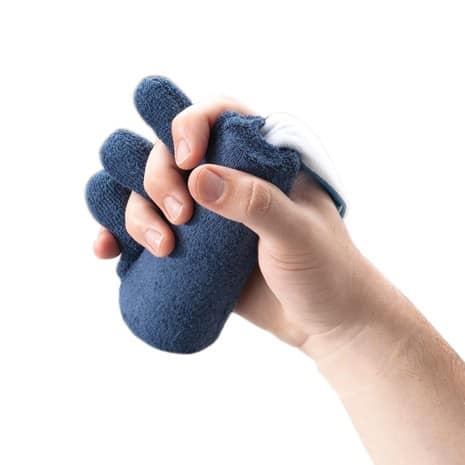
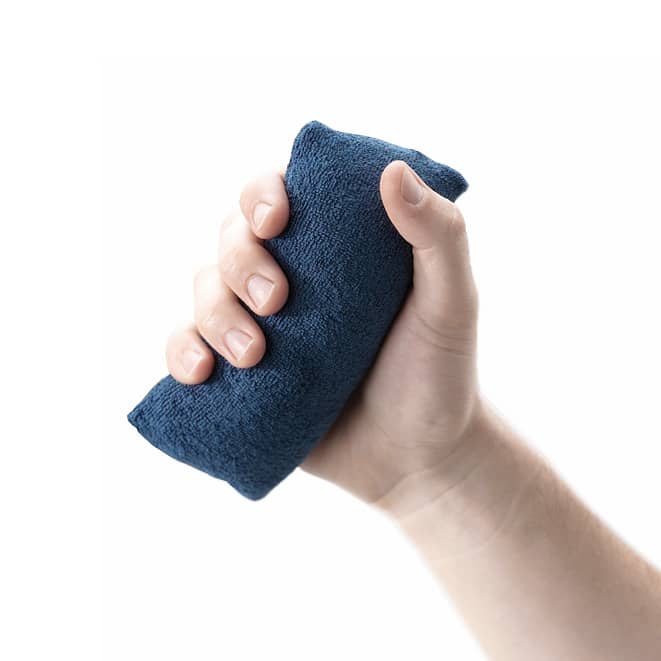

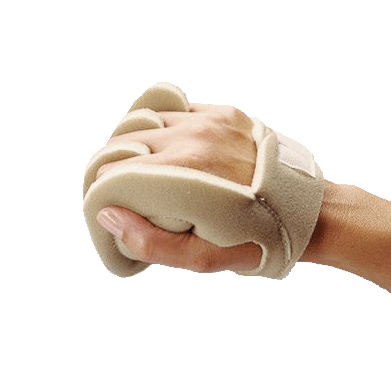
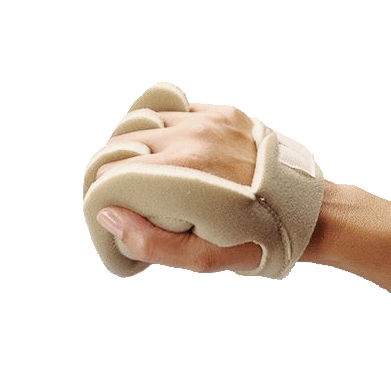
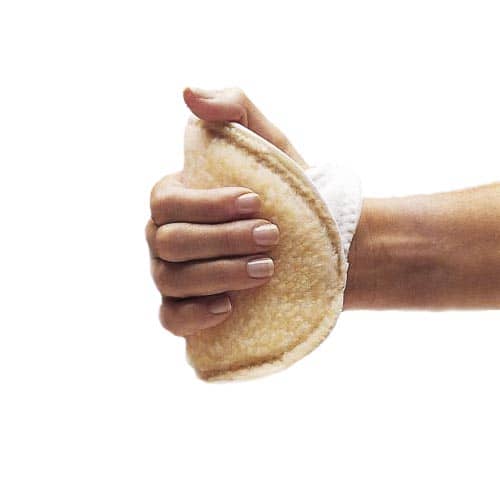
Real-world Applications and Success Stories
Case Studies: Before and After
Exploring case studies reveals the transformative impact palm contracture cones and grips have on patients. By comparing conditions before and after the use of these tools, we see significant improvements in hand mobility, reduction in stiffness, and enhanced daily functioning, illustrating their effectiveness in hand therapy.
Testimonials from Therapists and Patients
Therapists and patients alike praise the benefits of palm contracture cones and grips. Therapists commend their efficacy in treatment plans, noting observable progress in patient recovery. Patients share stories of regained independence and reduced discomfort, highlighting the personal impact these tools have made on their lives.
Tips for Integrating Cones and Grips into Daily Therapy
Incorporating palm contracture cones and grips into daily therapy routines is straightforward. Key tips include starting with short sessions to acclimate the hand, gradually increasing usage time as comfort permits, and consistently using the devices as part of a comprehensive hand rehabilitation program to maximize therapeutic benefits.
Conclusion
In conclusion, palm contracture cones and grips serve as vital tools in hand therapy, offering a range of benefits from preventing contractures and skin breakdown to enhancing blood circulation, muscle tone, and overall hand function. Real-world applications and success stories underline their efficacy, showcasing significant improvements in patient mobility and independence. As we’ve seen through case studies, therapist testimonials, and practical tips for integration, these devices play a crucial role in rehabilitation and comfort. It’s essential for those experiencing hand mobility issues to consult with healthcare professionals, who can provide tailored advice and incorporate these tools into a comprehensive treatment plan, ensuring optimal outcomes and improved quality of life.

